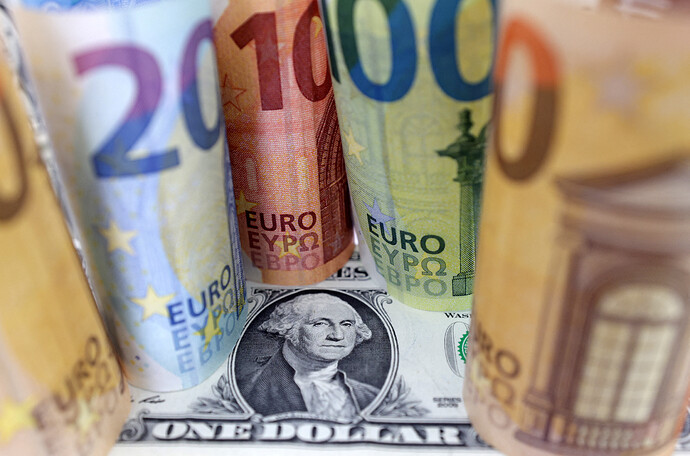A market is a place where goods and services are exchanged between buyers and sellers. Markets can be physical places, such as a mall or a street market, or they can be virtual, such as online marketplaces. The term “market” can also refer to the overall activity of selling and buying goods and services.
Market Structure
There are different types of markets based on their structure, which can influence the pricing and competitiveness of goods and services sold in them. Some of the common types of markets include:
-
Perfect Competition: A market where there are many buyers and sellers who have no control over the price of goods and services. In this type of market, there is free entry and exit, and all sellers offer homogeneous products. Perfect competition is a theoretical concept and rarely exists in reality.
-
Monopoly: A market dominated by only one seller who has complete control over the price and supply of goods and services. Entry to this type of market is restricted, and there are no close substitutes. Monopoly can lead to high prices and reduced output, which can hurt consumers.
-
Oligopoly: A market where a few sellers dominate the industry, which can lead to collusion and restricted output. The pricing strategy in an oligopoly is to maintain high prices as there are few substitutes available in the market.
-
Monopolistic competition: A market where there are many buyers and sellers offering differentiated products, which gives them some control over pricing. This type of market is characterized by free entry and exit, and sellers try to differentiate their products from competitors by branding and advertising.
Demand and Supply
In a market, price is determined by the interaction of demand and supply. The demand for a product is the quantity that buyers are willing and able to purchase at a given price. The law of demand states that holding everything else constant, the quantity demanded of a product will decrease as its price increases. The supply of a product is the quantity that sellers are willing and able to sell at a given price. The law of supply states that holding everything else constant, the quantity supplied of a product will increase as its price increases.
Equilibrium
The price and quantity at which the demand and supply curves intersect is known as the equilibrium price and the equilibrium quantity. At equilibrium, the market is said to be in balance, where the quantity demanded equals the quantity supplied.
Market Efficiency
Market efficiency refers to the ability of markets to allocate resources in a manner that maximizes social welfare. Markets are considered efficient when there is competition among buyers and sellers, and the price of goods and services reflect their true value. Inefficient markets can result in misallocation of resources, excess production, and high prices.
Market Failures
Market failures occur when markets do not allocate resources efficiently, resulting in inefficiencies and reduced social welfare. Market failures can occur due to externalities, imperfect information, public goods, monopoly power, and other factors.
Externalities are the costs or benefits that are not reflected in the market price of goods and services. For example, pollution from a factory can have negative externalities on people living nearby, and the cost of this pollution is not paid by the factory. Imperfect information occurs when buyers or sellers do not have all the relevant information to make informed decisions. Public goods are non-excludable and non-rivalrous goods that are usually not provided efficiently by the market. Monopoly power can result in higher prices and less output than it would be in a competitive market.
Market Regulations
Governments often intervene in markets to correct inefficiencies or reduce negative externalities. Governments can regulate markets through taxes, subsidies, price controls, and other policies. Taxes on negative externalities, such as pollution, can incentivize firms to reduce their pollution levels. Subsidies can encourage the production of public goods. Price controls, such as a maximum price on rent, can help to make housing affordable for low-income households.
Conclusion
Markets are a fundamental aspect of a modern economy, facilitating the exchange of goods and services between buyers and sellers. Different market structures, such as perfect competition, monopoly, oligopoly, and monopolistic competition, can influence pricing and competitiveness. The interaction of demand and supply determines the market price and quantity, which can result in market equilibrium or inefficiencies. Market failures, such as externalities, imperfect information, and monopoly power, can result in inefficiencies and reduce social welfare. Governments can regulate markets through policies such as taxes, subsidies, and price controls, among others. Overall, markets play a critical role in determining the allocation of resources in an economy and can have a significant impact on the welfare of individuals and society as a whole.
Disclaimer
6do Encyclopedia represents the inaugural AI-driven knowledge repository, and we cordially invite all community users to collaborate and contribute to the enhancement of its accuracy and completeness.
Should you identify any inaccuracies or discrepancies, we respectfully request that you promptly bring these to our attention. Furthermore, you are encouraged to engage in dialogue with the 6do AI chatbot for clarifications.
Please be advised that when utilizing the resources provided by 6do Encyclopedia, users must exercise due care and diligence with respect to the information contained therein. We expressly disclaim any and all legal liabilities arising from the use of such content.















